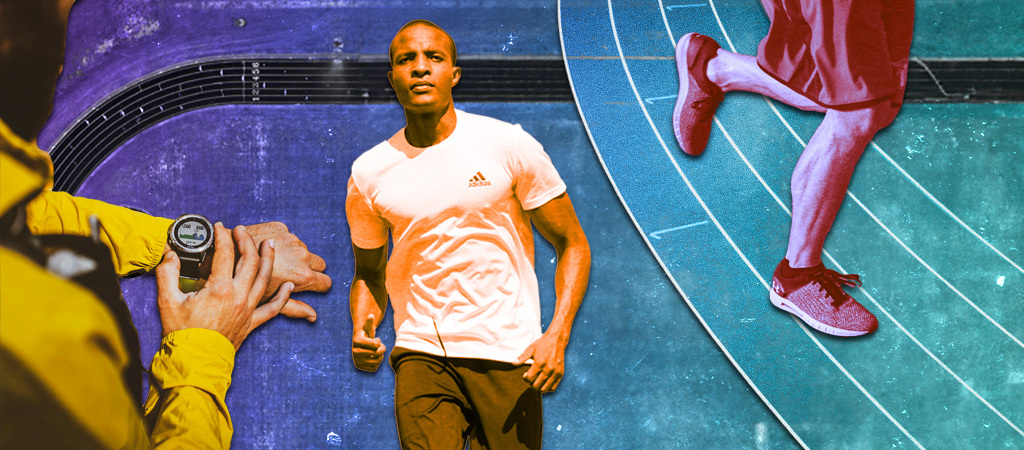
How would you like to feel superhuman? Not trying to blow smoke here but… that’s sorta what it feels like to be a long-distance runner. Remember that morning running scene from Captain America: Winter Soldier? How would you like to be Steve Rogers? There’s an amazing feeling that comes with being able to take off running for miles on end without gasping for air after a few minutes. This kind of running, also classified as endurance running, is one of the most effective and accessible ways to build real resilience in your body, as well as your mind.
If you’ve stuck to short runs in the past or if you simply use running as a warm-up, some tremendous benefits are waiting for you just a few more miles down the road. There is research that has found that long-distance runners feel relief from tension, improved self-image, a better mood, and improved happiness. Perhaps you’ve heard about the “runner’s high” Well, it’s real. Even if you’ve just got a taste of it, you know how powerful this moment can be on a run. And it only stands to reason that if you are running greater distances, then you are feeling a longer runner’s high. On the physical side, it’s an excellent way to supercharge the legs and the lungs.
If all of these benefits sound good to you, then there’s no reason not to kick off your long-running practice right now. Are there going to be hard moments on this journey? Definitely. But those challenges will be faced in the head, not the legs. Because contrary to what you may have heard or assumed, studies show that running for long distances properly can strengthen your knees, not damage them.
That being said, it’s always important to approach progression in the right way, to avoid unnecessary injury. Uproxx sat down with runner Dr. Scott Melamed of Progressive Foot Care to share strategies to kick off your new long-distance practice and keep you on track
GEAR UP TO GO THE DISTANCE
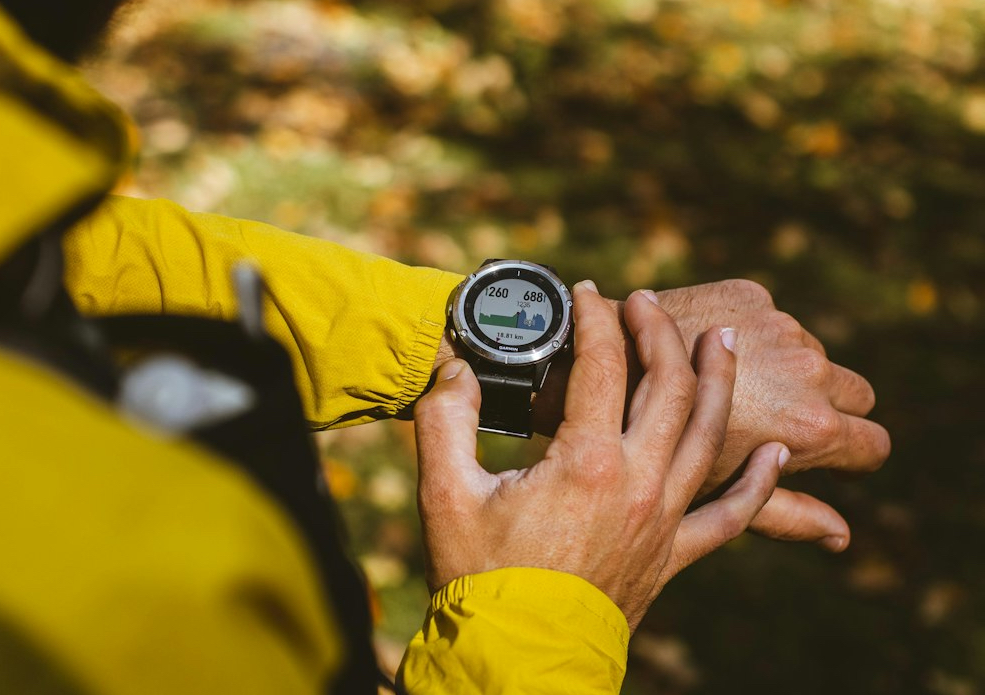
Shoes:
It should come at no surprise that for a runner, it’s important to find a shoe that fits your form and fashion. Finding a pair that makes you excited to lace up and go on that next run is huge. For shoes, the main thing that you are looking for is stability. Because your feet are going to take so many strikes against the ground, it’s important to make sure they are hitting the pavement the right way.
Dr. Melamed stresses that this is one instance where you should avoid the convenience of online shopping. “Go into the store and try them on to make sure they fit just right,” he says. It may be necessary to take them on a quick run before you fully commit. “Be sure to consider that your feet might swell a few miles into your run. You’re going to want to run to allow for that.”
Uproxx Pick: NOBULL Journey Runner+ ($150)
Socks:
The key here is comfortable and breathable. Depending on how big an issue swelling is for some people, you might want socks with some light compression. “Don’t go crazy with the padding and try to avoid wool socks,” says Melamed. “Your feet are going to sweat, there’s no avoiding that, and extra material can mean more friction, which can result in blisters.”
Be sure you pick up plenty of pairs, there’s nothing better than running in fresh socks and no reason to skimp on the protection.
Uproxx Pick: Features Elite Ultra Light Invisible ($18)
Shorts:
For short runs clothing may not be as big a focus, but when you are going to be putting in real miles there’s more potential for chafing. It should come at no surprise that you want to give your legs as much freedom of motion as possible. Of course, it’s also important to consider the conditions you are going to be running in, and as nice as it might feel to be unrestricted by long pants you don’t want to expose yourself to extreme weather. There are plenty of great run pant options like the one below that won’t restrict your quads.
Uproxx Pick: Patagonia Strider Pro Running Shorts ($85)
Uproxx Pick (Cold Weather Option): Lululemon Surge Hybrid Pant ($69)
Sun Protection:
For those runners who decide to enjoy the great outdoors on their run, protection from the sun is massive since you’ll be spending a little extra time under the rays. If you don’t want to wear a hat the whole run finding a nice and light moisturizer with some SPF that doesn’t feel too greasy is clutch.
Uproxx Pick: Every Man Jack Mineral Face Lotion With Sunscreen ($12)
Tracker:
There has been major strides in wearable fitness tech, and with all the insights they can bring, it’s worth investing here. These pieces can sync to your phone where you can track your heart-rate variability and your energy output during these runs. This kind of information can help when you start to increase your miles and want to know what kind of capacity you have available.
Uproxx Pick: Oura Ring ($300) + optional subscription
FIND THE RIGHT ROUTE
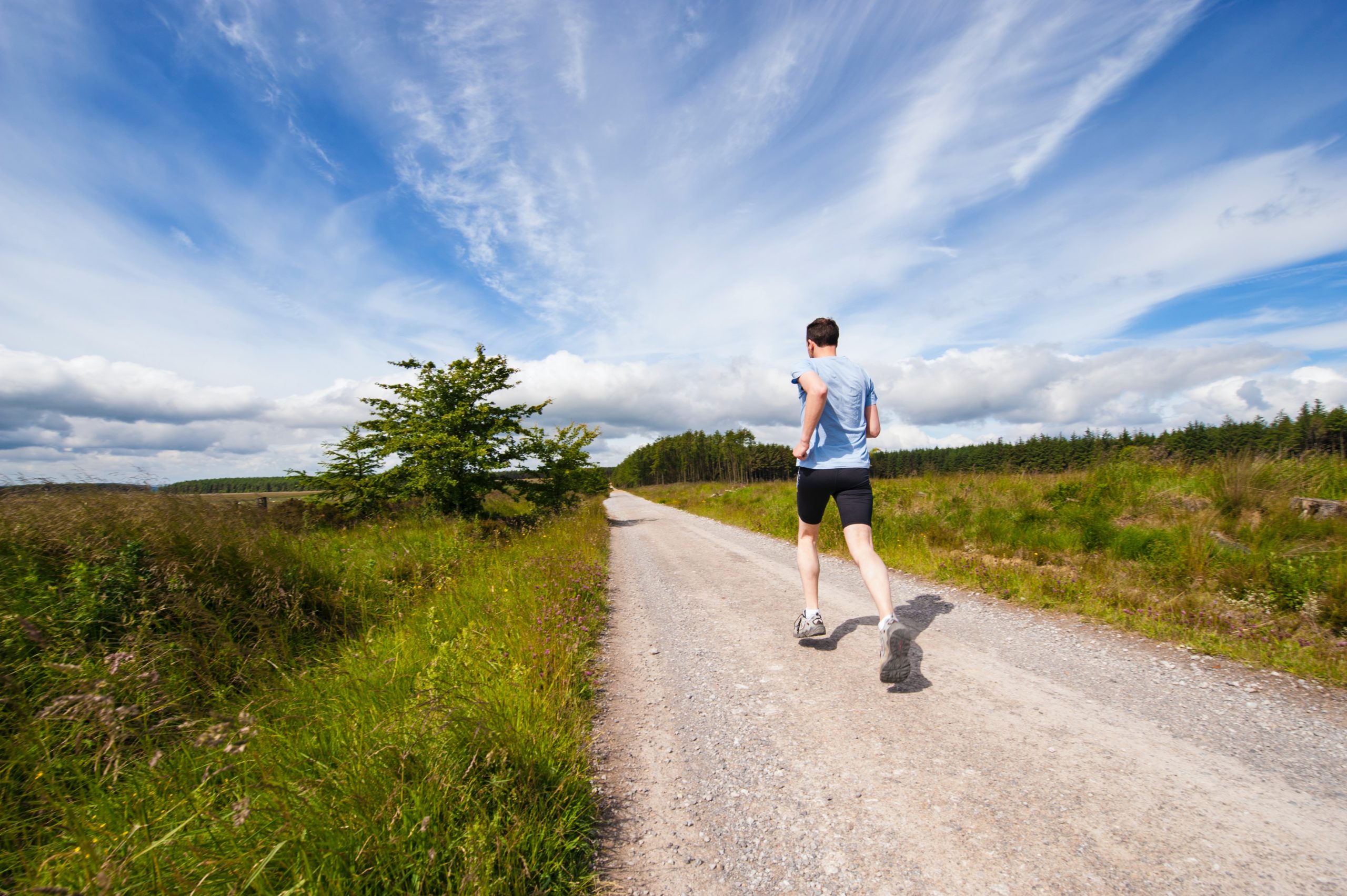
Long-distance runs are opportunities to explore new places in your neighborhood or just take in a nice view during your extended exercise. Find a route that is going to bring you joy, whether that means running along the water or through the woods. This is a good opportunity to get some time in nature, where studies show there are real psychological benefits. These days there are a lot of great running tracks in most local neighborhoods. But one way to motivate yourself to go further is finding how far you want to run, and then find a route that will take you half the way out. That way you are forced to go the full distance.
There are a lot of great resources for routes in almost every town on websites or apps like Strava or AllTrails. Getting into the habit of visiting and updating these sites can really help elevate your long-distance practice. Everyone on them, especially Strava, is obsessed when it comes to running — that kind of passion can be infectious. There’s also a lot of pride that can come with uploading your completed routes, especially new ones you’ve discovered for others.
FUEL UP FOR THE LONG RUN

Everybody is different, and there are a lot of differences when it comes to nutrition specifically. But there are a few easy guiding principles that you should consider.
Keep it simple:
Carbohydrates like bagels and oatmeal are the best way to get in calories before a long run.
Fill up the tank: I
t’s not necessary to get too fancy when it comes to hydration. Make sure you are getting plenty of water. There are great options to help with replenishing electrolytes, like LMNT, that don’t overdo it with the sugar.
Take it to go:
If you plan on your run taking longer than 45 minutes consider grabbing a bar or gel, I personally like the ones from BPN.
STRETCH FOR SUCCESS
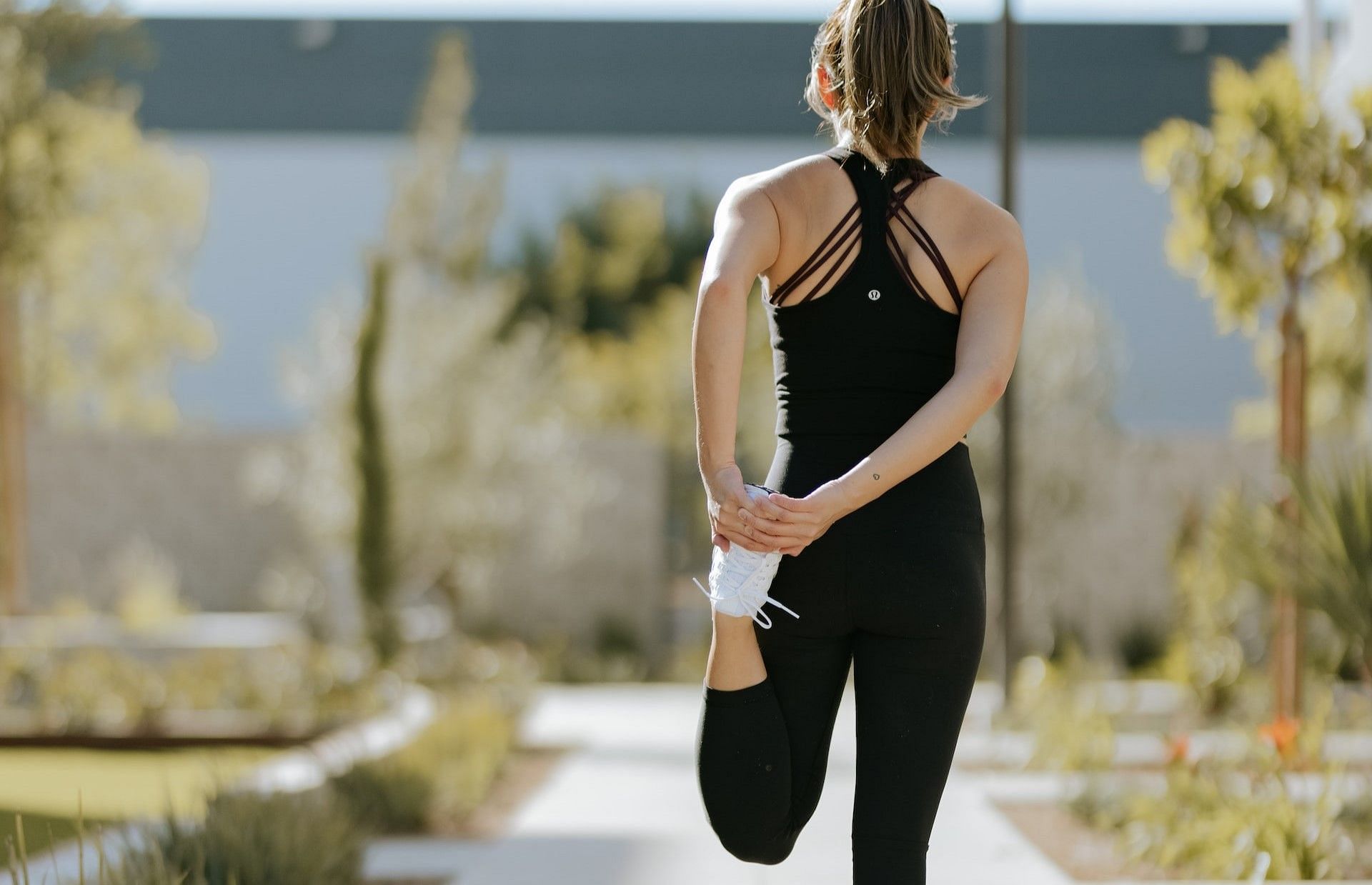
Excited to hit the ground running?
As appealing as it can be to just take off on your run, stretching is essential when it comes to keeping a regular practice going. On top of that, getting a good stretch is a way to warm up the body in preparation for longer runs. The kind of stretching you’re going to want for that purpose is dynamic stretching, which involves your body staying in motion for a particular movement for a certain amount of time or reps.
Below are a few easy examples of dynamic stretches that are good before your run. It’s important to remember that despite legs being important in running, the whole body is used and should be stretched to allow for the best performance.
Arm Swings:
Stand with your feet at shoulder width apart. Once you are stable in your footing begin to windmill your arms forward forward for 30 seconds and then backwards for 30 seconds. Following that, swing both of your arms across your body for 30 seconds, then keep adjusting the range in which you swing your arms to stretch different parts of your upper body like your shoulders, back, and chest.
Leg Swings:
Stand perpendicularly to a wall with your right arm stretched out and touching the palm of your right hand to the wall for support. Bracing your body with your left leg begin to swing your right leg back and forth while keeping it loose and fully extended. If you want to target some different muscles with this stretch, do a little bending of the knees during the swings to recreate the running pattern. Do this for 30 seconds and then repeat the same with the opposite side.
Following your run, for the best recovery of the muscle you are going to want to do some static stretching, which means elongating the muscle for some time in a hold. Check out this perfect routine of static stretches in our stories here.
FOCUS ON FORM AND FUNCTION
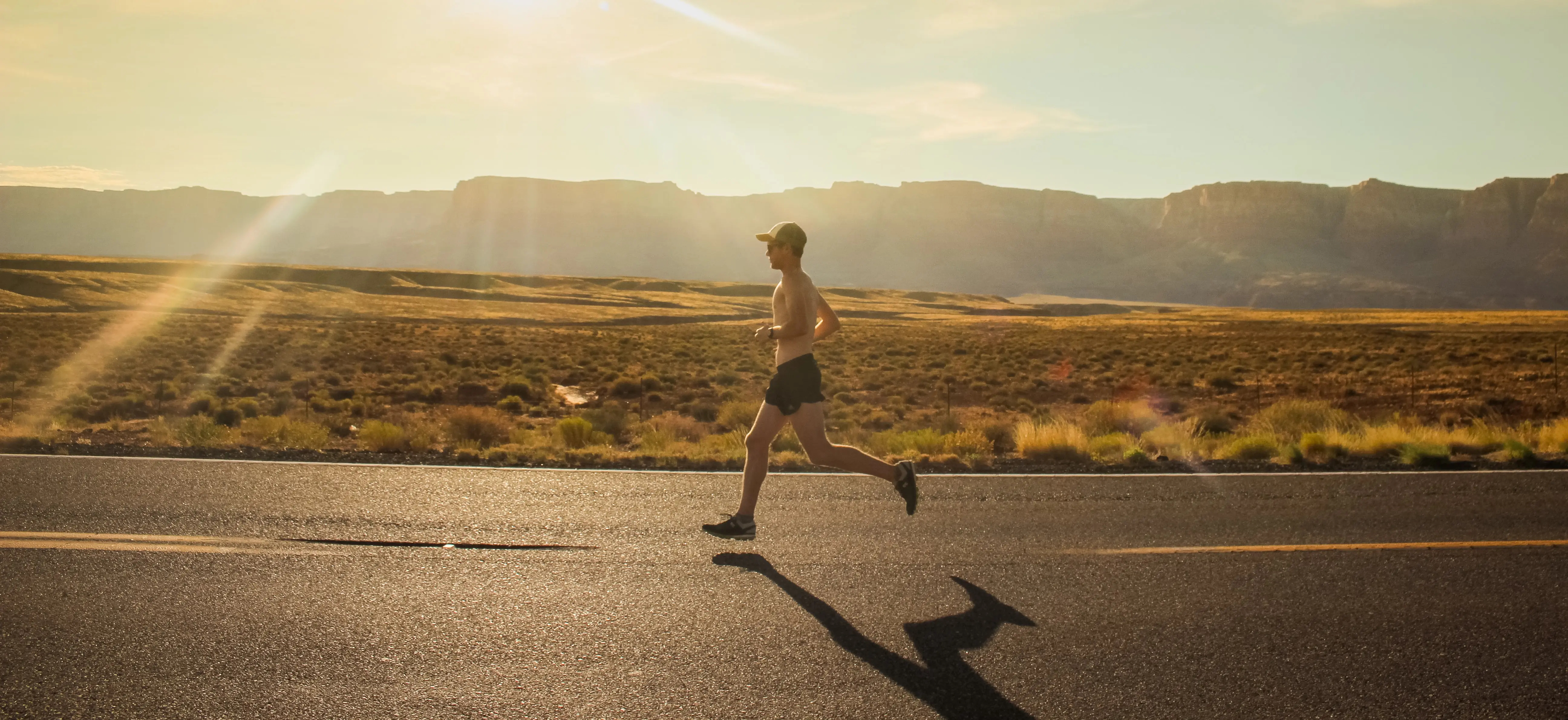
Form is part of the running journey that is individualized as well. There are a lot of great resources online on finding your own running technique, but here are some guiding principles that become more important with these longer distances.
Don’t bounce around:
Because you are propelling yourself off of the ground with each step, it can be difficult to keep your momentum going in the right direction. Remember that the goal is to go forward, so keep that in mind when you find your stride.
Strike right:
Finding your stride has a lot to do with where your foot strikes the ground. Be sure that you are trying to go for the mid-foot area or the ball of the foot. Staying with the front of your foot will improve your pace and speed, meaning that you can go even further.
Breathe deep:
Oxygen is a huge factor in your performance and taking short, quick gasps isn’t going to take you far. Be sure that you are focusing on breathing through your nose and out of your mouth in a deep, sustained way. If necessary, stop listening to your music or podcast to give attention to your breathing pattern.
This also does a great job of relaxing you, as many people may start to feel tension later in their runs if their breath is staggered and not steady.
Stand straight:
Because most of the population spends so much time leaning over a desk or looking down at their phones, many people have developed a hunch in their regular posture. There is the risk of that posture slipping into your runs as well, which doesn’t make for a healthy running form. Be sure to keep your eyes straight and your head up, standing tall to get the most extension during your stride.
RECOVER RIGHT

Given the amount of impact that your feet are taking with the ground, they are going to take a beating. This is especially true when you are ramping up a running practice to go long distances. Dr. Melamed recommends doing regular foot checks, and that means before and after each run. “There’s an increased risk of blisters and nail injuries when you are putting in more miles,” says Melamed. “But don’t be discouraged by the threat of those. The cardiovascular and mental health benefits far outweigh the negatives.”
If you do happen to get a blister, allow it to heal itself. “Blisters are naturally sterile, so the worst thing that you can do it mess with it,” says Melamed. “The body is more resilient than you can imagine.” That being said, if something continues to aggravate you, don’t try to be a hero — if any issue remains a problem, go see a specialist.
Inflammation is a huge consideration when you are upping the miles on a run practice. There are a few ways to combat this, including having compression socks on during the run. Stepping into a cold plunge or a cold bath after your long run is a great way to bring down the inflammation quickly. This is a great way to save your body’s resources so that it can go straight to replenishing your muscles instead of bringing down the inflammation itself.
Lastly, the most effective way to be at your best is to take regular rest days and getting plenty of sleep. Studies show that regular running can have a huge impact on your REM sleep. So don’t be surprised if you find the data showing you got the best sleep after your longest run.
